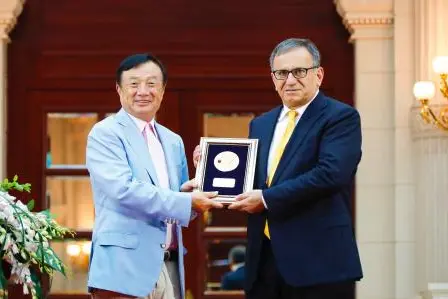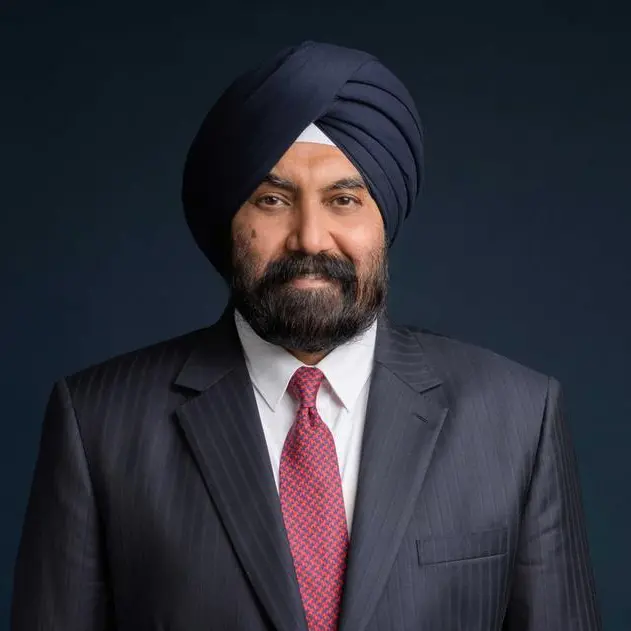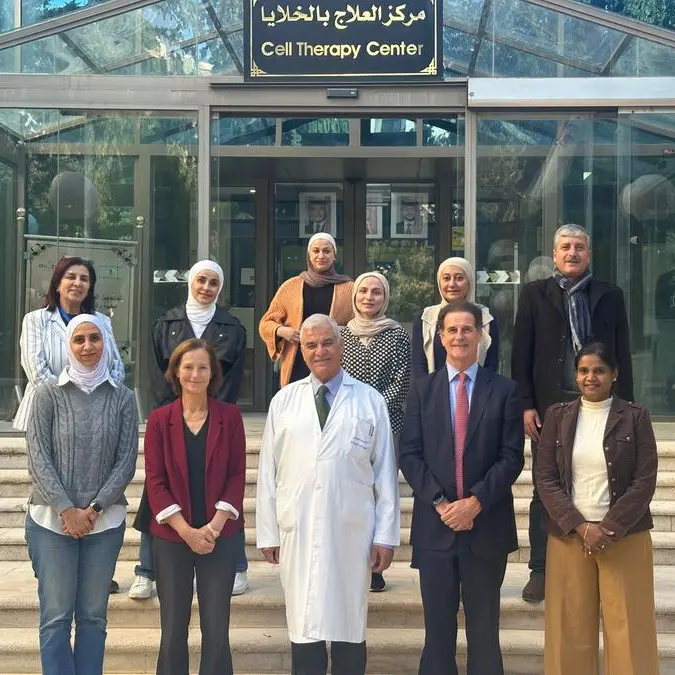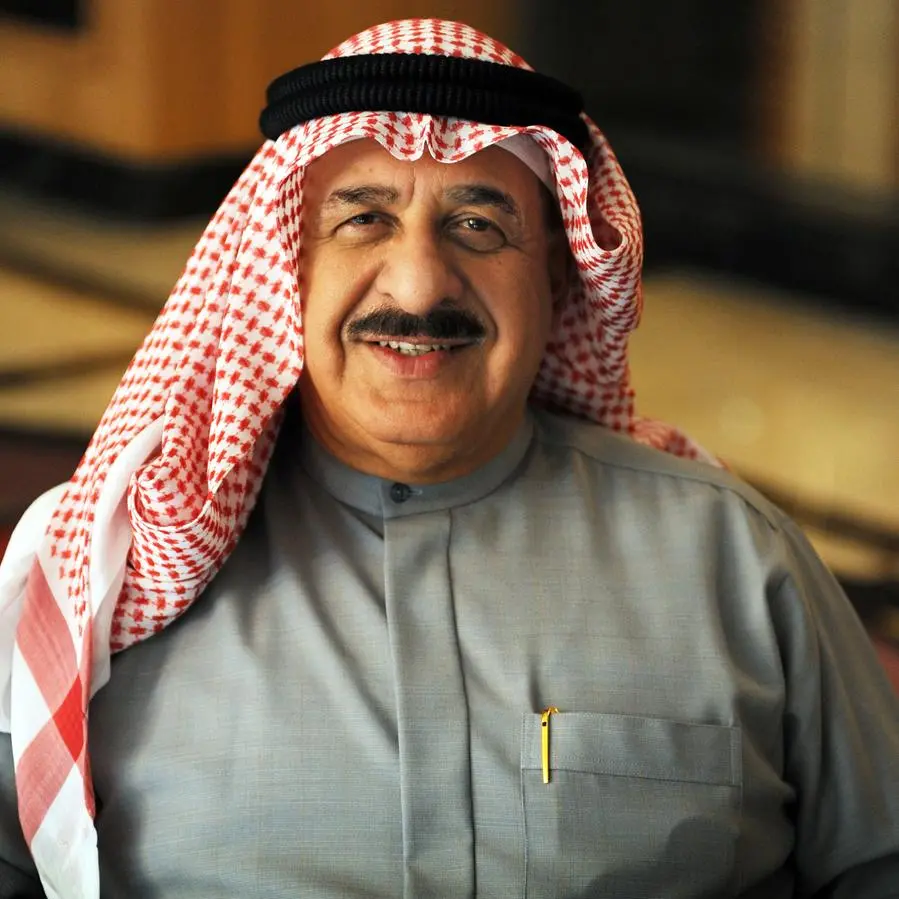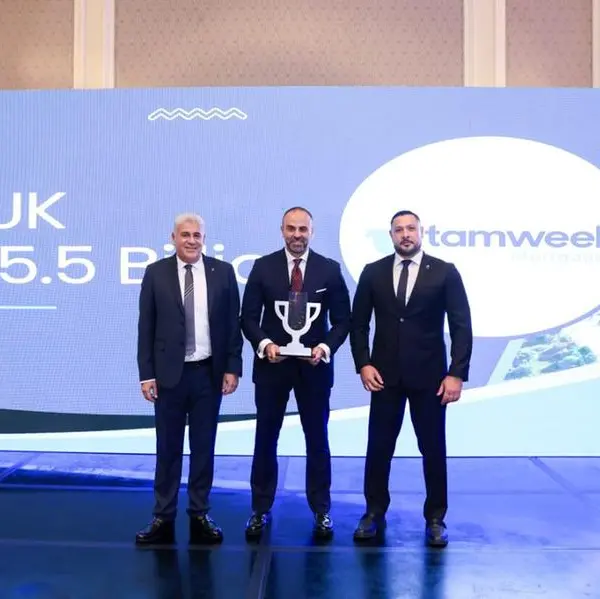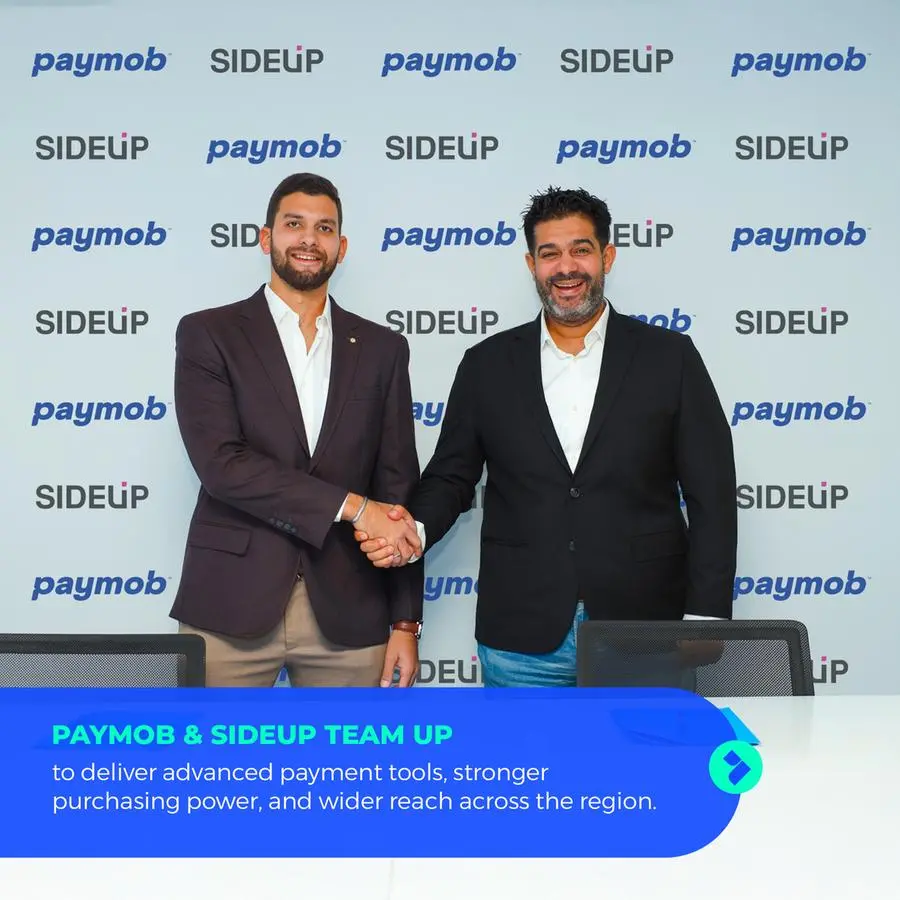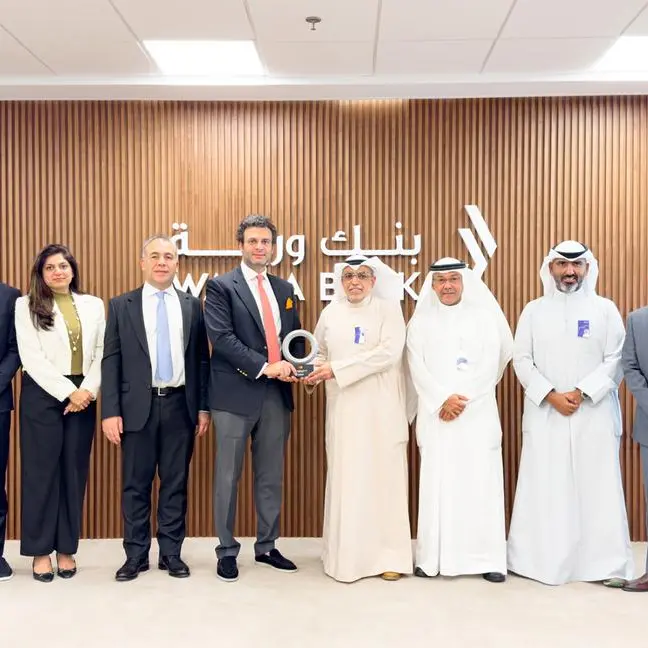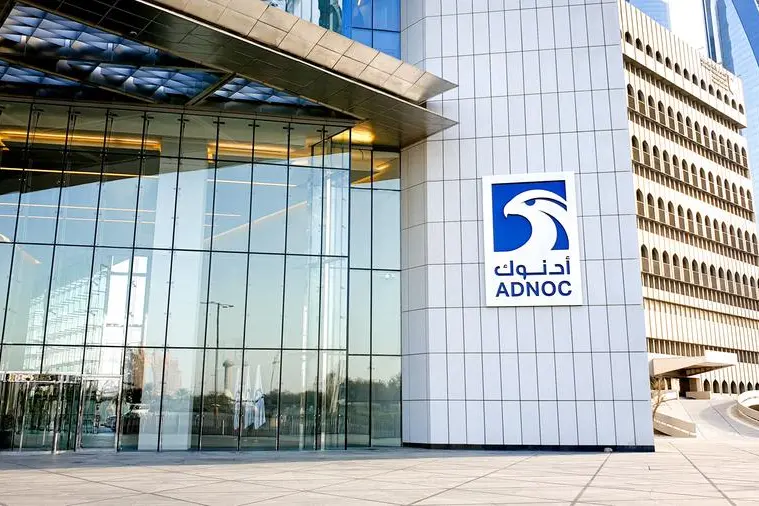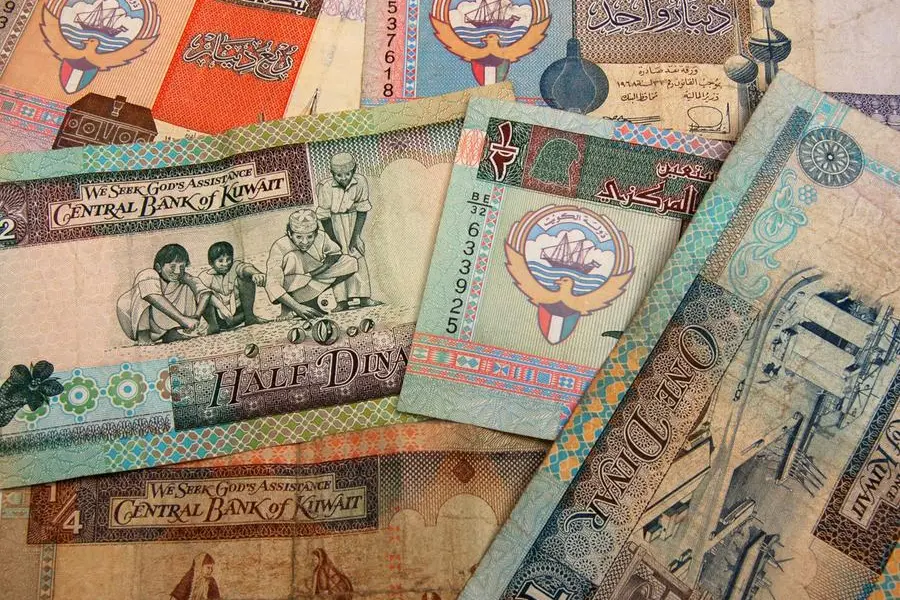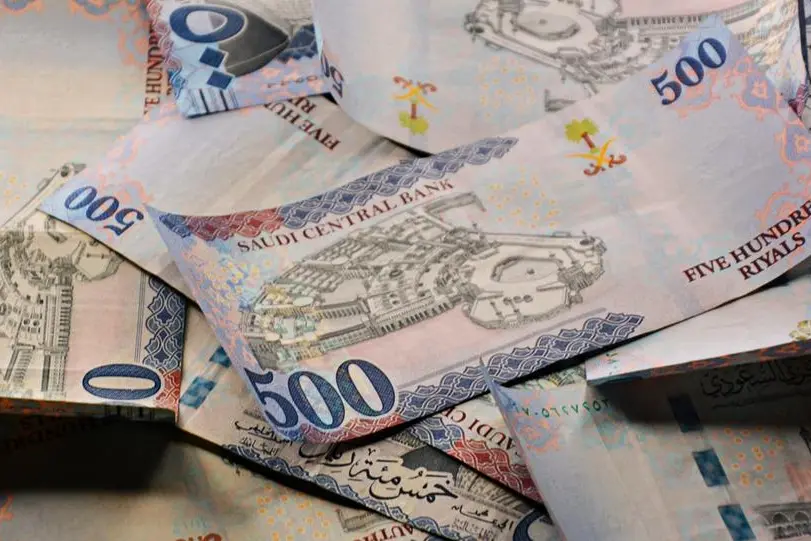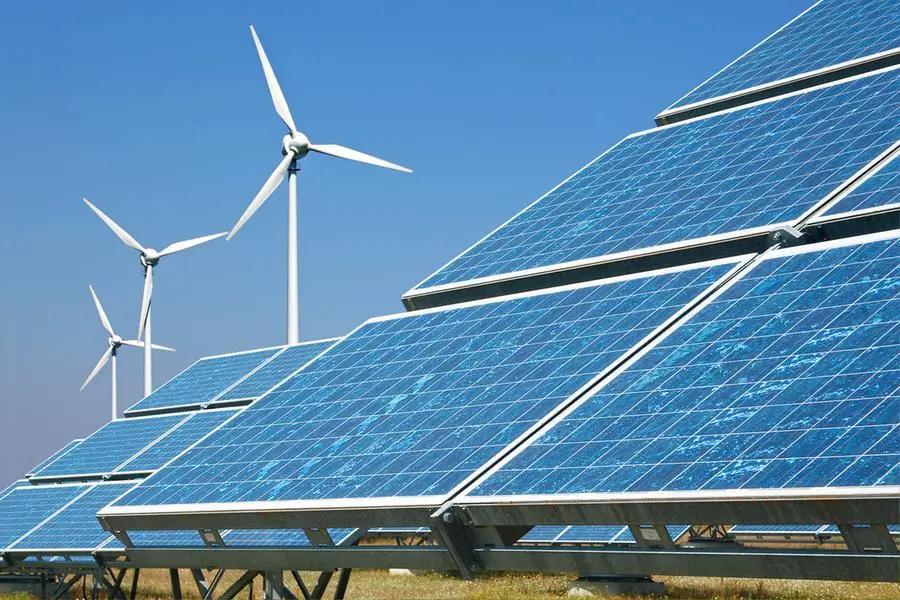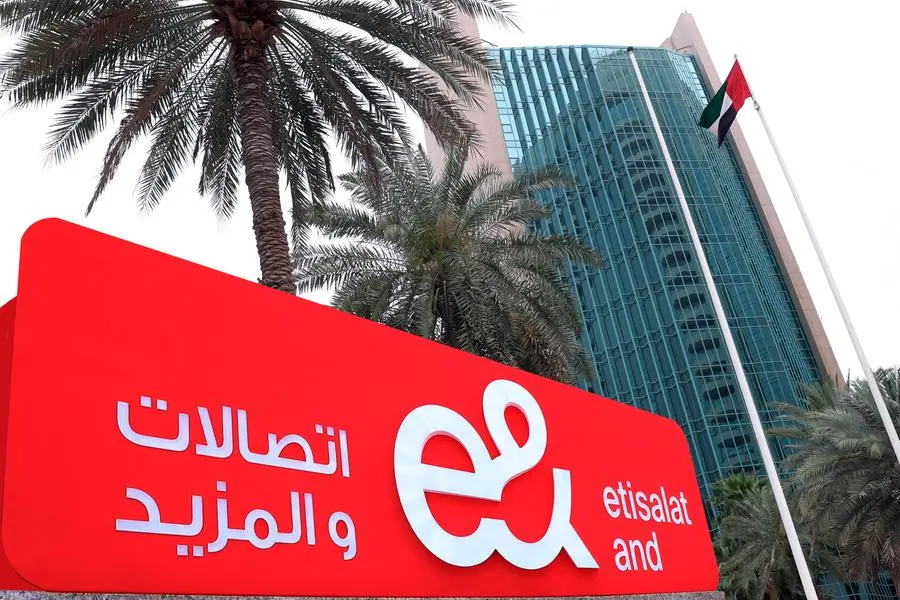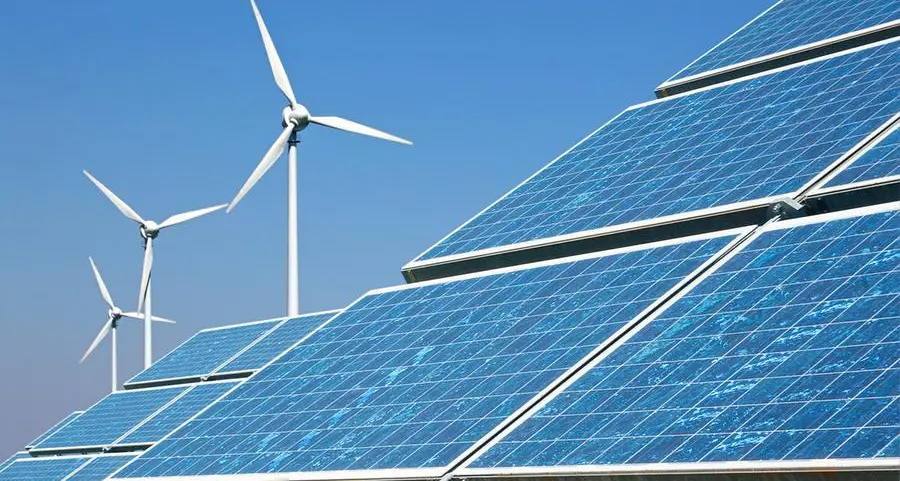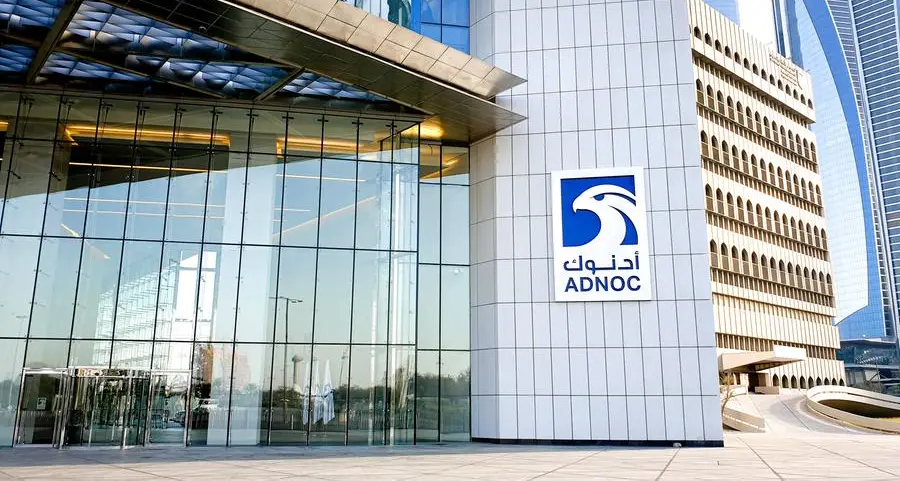PHOTO
Dubai, UAE: Huawei presented a special award to Turkish professor Dr. Erdal Arikan, the inventor of polar codes for 5G, in recognition of his outstanding contribution to the development of communications technology. At the ceremony, held at Huawei's global headquarters in Shenzhen, the company also honored more than 100 Huawei scientists and engineers who are working on standards and basic research.
Basic research is key to industry development. Theoretical breakthroughs, often made after decades of focused scientific effort, help set the direction of technological progress. With 5G just on the horizon, the paper on polar codes that Professor Arikan published in 2008 defined an entirely new approach to maximizing the rate and reliability of data transmission. Polar codes are the world's first channel coding scheme to bring us up against the threshold of Shannon's limit, or the maximum rate that data can be sent with zero error at a particular bandwidth. Polar codes significantly improve coding performance for 5G. At the same time, they reduce the complexity of design and ensure service quality. In 2016, 3GPP (the international standards body responsible for 5G standards) adopted polar codes as the official coding scheme for the control channels of 5G New Radio (NR) eMBB interface.
At the awards ceremony, Huawei founder Mr. Ren Zhengfei presented a medal to Professor Arikan. The medal, designed and manufactured by the Monnaie de Paris (Paris Mint), features an engraving of the Goddess of Victory with a red Baccarat crystal, symbolizing the importance of new communications technology in leading the world forward.
After receiving the medal, Professor Arikan delivered an acceptance speech. "I am honored to be here today receiving this award," he said. "It gives me pleasure to acknowledge that, without the vision and technical contributions of Huawei directors and engineers, polar codes would not have made it from lab to a standard in less than 10 years. And as engineers, there is no greater reward than seeing our ideas turn into reality."
Huawei Rotating Chairman Eric Xu also spoke at the event: "5G standards are the result of a worldwide effort to drive progress in basic research and wireless communications technology. For these standards to take shape, it took more than 10 years of hard work from tens of thousands of scientists and engineers, along with dozens of companies around the world. We would like to express our sincere gratitude to Professor Arikan, as well as his peers in academia, fellow scientists, and Huawei employees who have all contributed to 5G."
In 2010, Huawei recognized the potential in polar codes to optimize channel coding technology, so the company invested in further research to build on Professor Arikan's work. Through years of focused effort, the company has made multiple breakthroughs in core polar code technology, helping polar codes move beyond the realm of academic research and see the light of day.
"The birth of 5G standards is only the beginning of a new journey," Xu added. "We will continue to work hard to ensure that 5G technology – including polar codes – creates greater value for society, and sooner. At the same time, we hope that the close collaboration between companies and the academia, like the one between Huawei and Professor Arikan, will continue, and give rise to more scientific marvels that drive the development of the ICT industry and society as a whole."
At the awards ceremony, Huawei also honored more than 100 of its in-house scientists for their work on basic research and standards. In particular, the company wanted to recognize their successful research in 5G New Radio and their eight groundbreaking innovations, including new waveforms and new coding schemes. These scientists worked closely with industry partners to verify key technologies and drive the standardization process, making an important contribution to 3GPP's 5G Release 15 standards.
Thanks to their pioneering work, Huawei was the first company in the world to complete 5G testing for all phases of IMT-2020 development (a collectively held vision, set by the International Telecommunication Union, for mobile network evolution by the year 2020), with results that far outperformed the key indicators for all three 5G usage scenarios defined by the International Telecommunication Union – enhanced Mobile Broadband (eMBB), Ultra-Reliable and Low-Latency Communications (URLLC), and massive Machine-Type Communications (mMTC).
As a major contributor to 5G standards, and a core patent holder, Huawei is committed to following the FRAND principle for all patent licensing. That means Fair, Reasonable, and Non-discriminatory patent licensing – a principle that the company has adhered to in the past, and will continue to adhere to moving forward. Huawei aims to build a robust 5G ecosystem together with other players.
Strong R&D investment has been a core focus at Huawei for years, investing nearly CNY400 billion in R&D over the past decade. Moving forward, Huawei will increase investment in basic research by earmarking 20% to 30% of its annual US$15-20 billion R&D budget to basic research alone.
-Ends-
- In 1948, the father of information theory, Claude Shannon, determined a limit for the speed at which we can transmit data error-free. The faster you send data, the more errors you might have.
- For decades, the industry has been working on ways to get us closer to that limit through a process called channel coding*. Getting close to that limit = faster, more reliable (error-free) communications.
- In 2008, Professor Arikan invented polar codes, which were an entirely new approach to correcting transmission errors.
- Starting in 2010, Huawei began working with Dr. Arikan to take polar codes from theory to practical application. Now polar codes are a 5G standard (decided by 3GPP).
- Polar codes bring us right up to the edge of Shannon’s limit.
* Note: Here, "coding" refers to the technical process of turning documents such images, text, video and voice messages into "traffic" that can be distributed over the internet on a cable or over airwaves. This allows them to be decoded for reading, viewing and editing on a device such as a computer or mobile phone. Channel coding adds layers of redundancy to reduce errors.
About Huawei
Huawei is a leading global provider of information and communications technology (ICT) infrastructure and smart devices. With integrated solutions across four key domains – telecom networks, IT, smart devices, and cloud services – we are committed to bringing digital to every person, home and organization for a fully connected, intelligent world.
Huawei's end-to-end portfolio of products, solutions and services are both competitive and secure. Through open collaboration with ecosystem partners, we create lasting value for our customers, working to empower people, enrich home life, and inspire innovation in organizations of all shapes and sizes.
At Huawei, innovation focuses on customer needs. We invest heavily in basic research, concentrating on technological breakthroughs that drive the world forward. We have more than 180,000 employees, and we operate in more than 170 countries and regions. Founded in 1987, Huawei is a private company fully owned by its employees.
For more information, please visit Huawei online at www.huawei.com or follow us on:
http://www.linkedin.com/company/Huawei
http://www.facebook.com/Huawei
© Press Release 2018Disclaimer: The contents of this press release was provided from an external third party provider. This website is not responsible for, and does not control, such external content. This content is provided on an “as is” and “as available” basis and has not been edited in any way. Neither this website nor our affiliates guarantee the accuracy of or endorse the views or opinions expressed in this press release.
The press release is provided for informational purposes only. The content does not provide tax, legal or investment advice or opinion regarding the suitability, value or profitability of any particular security, portfolio or investment strategy. Neither this website nor our affiliates shall be liable for any errors or inaccuracies in the content, or for any actions taken by you in reliance thereon. You expressly agree that your use of the information within this article is at your sole risk.
To the fullest extent permitted by applicable law, this website, its parent company, its subsidiaries, its affiliates and the respective shareholders, directors, officers, employees, agents, advertisers, content providers and licensors will not be liable (jointly or severally) to you for any direct, indirect, consequential, special, incidental, punitive or exemplary damages, including without limitation, lost profits, lost savings and lost revenues, whether in negligence, tort, contract or any other theory of liability, even if the parties have been advised of the possibility or could have foreseen any such damages.
